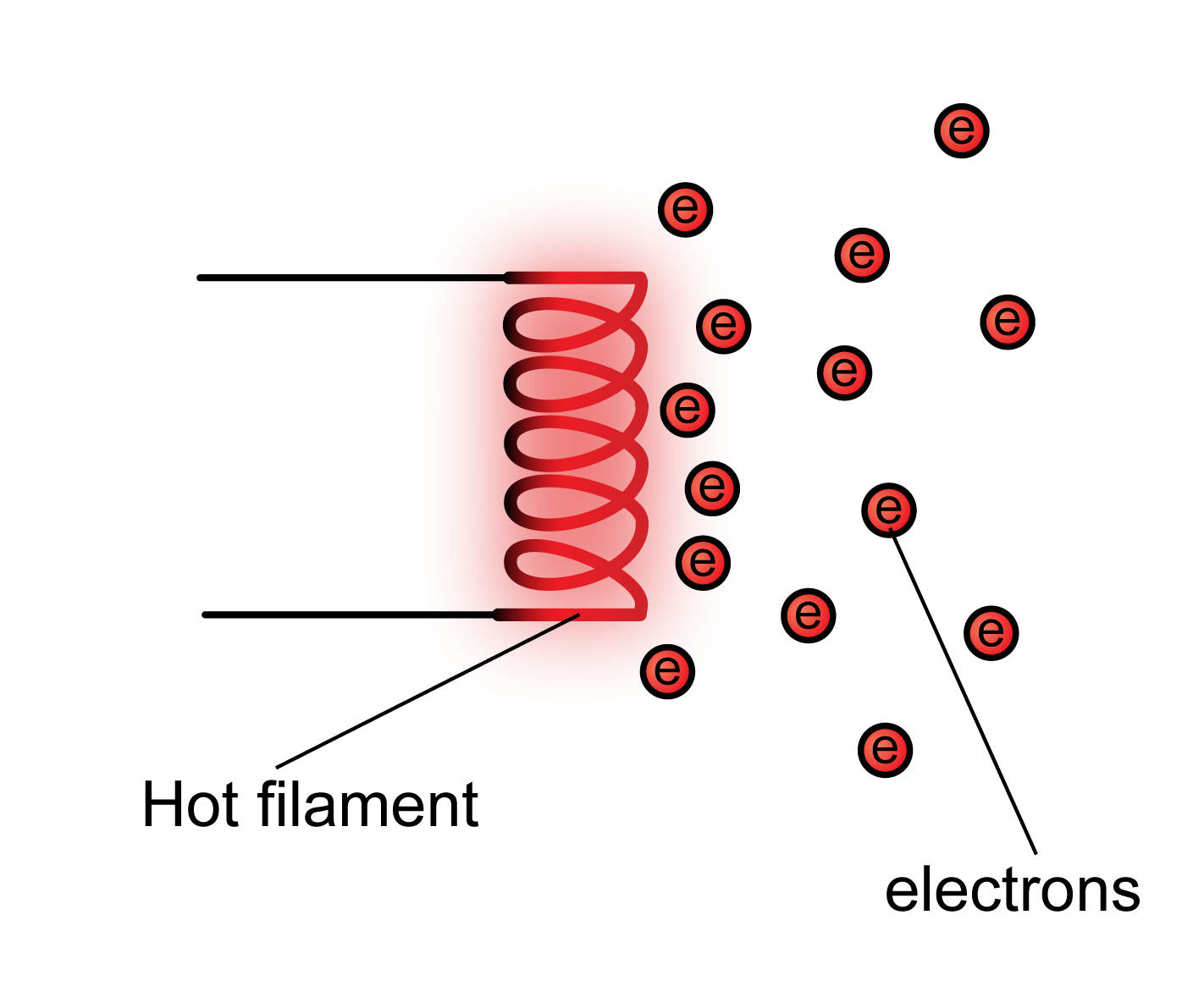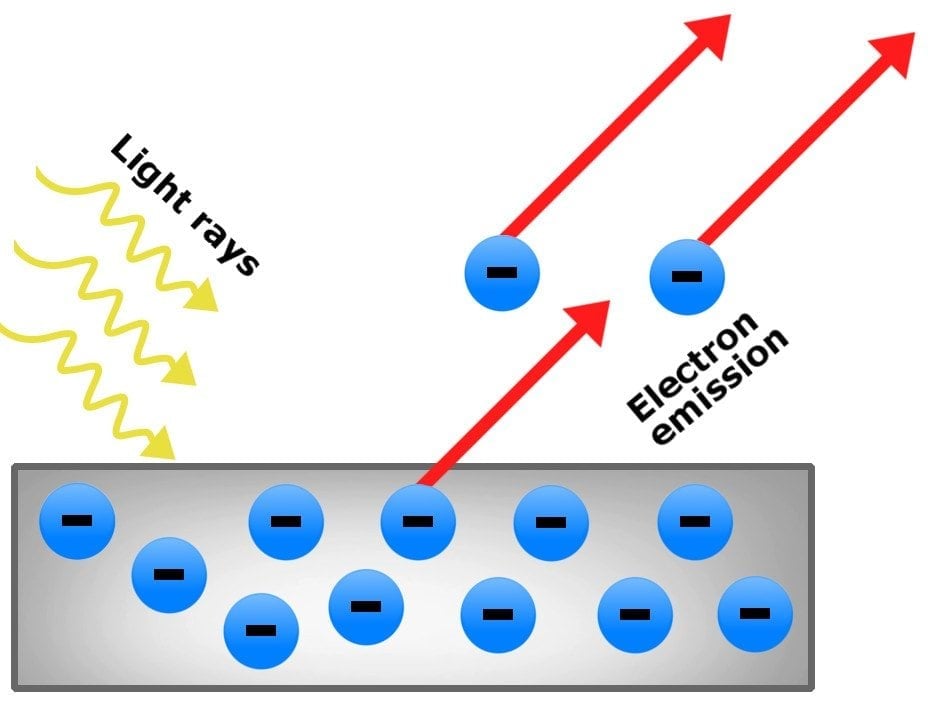Charging a body involves the transfer of electric charge from one body to another, which in results, the body acquiring a net charge. The charging process is essential for understanding and analyzing the behavior of electric charges. Charging a body can be done by a number of processes, which can be grouped into three categories: charging by friction, charging by conduction, and charging by induction.
In this short piece of article, we will discuss different methods of charging a body. So let’s get started…
Methods of charging a body
A body can be charged by various means such as –
- Charging by friction
- Charging by conduction
- Charging by induction
- Thermionic emission
- Photoelectric effect
- Field emission
Charging by friction
This is one of the simple ways of Charging a body. If we rub a neutral body with another neutral body (at least of them should be an insulator) then some electrons will transfer from one body to another body. The body which gains electrons is said to be negatively charged and the body which losses electrons are said to be positively charged.
When we rub a pen in our hair the same thing occurred as we discussed above, during rubbing some electrons are transferred to the pen and it becomes negatively charged.
Charging by conduction
There are three types of material in nature on the basis of the number of free electrons.
1). Conductor – These are those materials that have a large number of free electrons. Such as – gold, copper, silver, etc.
2). Insulators or Dielectrics – Insulators or dielectrics are those materials that do not have free electrons. Such as – plastic, wood, paper, etc.
3). Semiconductors – These are those materials that have less amount of free electrons. Their conductivity is intermediate to conductors and insulators. Such as – CdS, GaAs silicon, germanium, etc
When we connect a charged conductor with a neutral conductor then the charge starts flowing from one body to another body. The flow of charge will stop when they attain equal electric potential.
If we connect two charged conductors with each other then the charges start flowing from higher potential energy to the lower potential energy. And the Charge stops flowing when the potential difference between them becomes zero.
If two identical-shaped conductors are kept at a large distance and are connected then they will finally have equal Charges.
Charging by induction
When a positively charged conductor is taken near a neutral body then the part which is nearer to the positively charged body became negatively charged and the part which is away from the positively charged body became positively charged. The charge develops in the neutral body is such as the sum of all the charges will zero.
The charging of a body by this method is called charging by induction and the charge produced in this process is called induced charge.
A body can be charged by the process of induction by the following two methods –
Method-1
We know that when we bring a neutral body near to a positively charged body then the part which is away from the positively charged body is positively charged and the part which is nearer to the positively charged body is negatively charged, see figure below.
If we want to make a neutral body negatively charged then we have to make earthing from the side of positively charged for a few seconds. Earthing makes the positively charged side neutral.
As the positively charged side becomes neutral then disconnect the earthing and take the positively charged body away. By doing this negative charge will spread all over the surface and the body becomes negatively charged.
Read Also
Method-2
Instead of giving earthing to the positively charged side, connect the positively charged side to another neutral body, by doing this the positive charge will transfer to the neutral body. And that neutral body becomes positively charged as shown above.
Thermionic emission

When any metal is heated at high temperatures then some surface electrons get excited and then are ejected from the metal surface, this ejection of electrons makes metals positively charged.
Photoelectric effect

When the light of sufficiently high frequency is incident on the surface of the metals then some electrons are ejected from the metal surface and make the metal positively charged.
Field emission
When an electric field of high magnitude is applied on the surface of the metals then some electrons are ejected from the metal surface and make metals positively charged.
Stay tuned with Laws Of Nature for more useful and interesting content.
